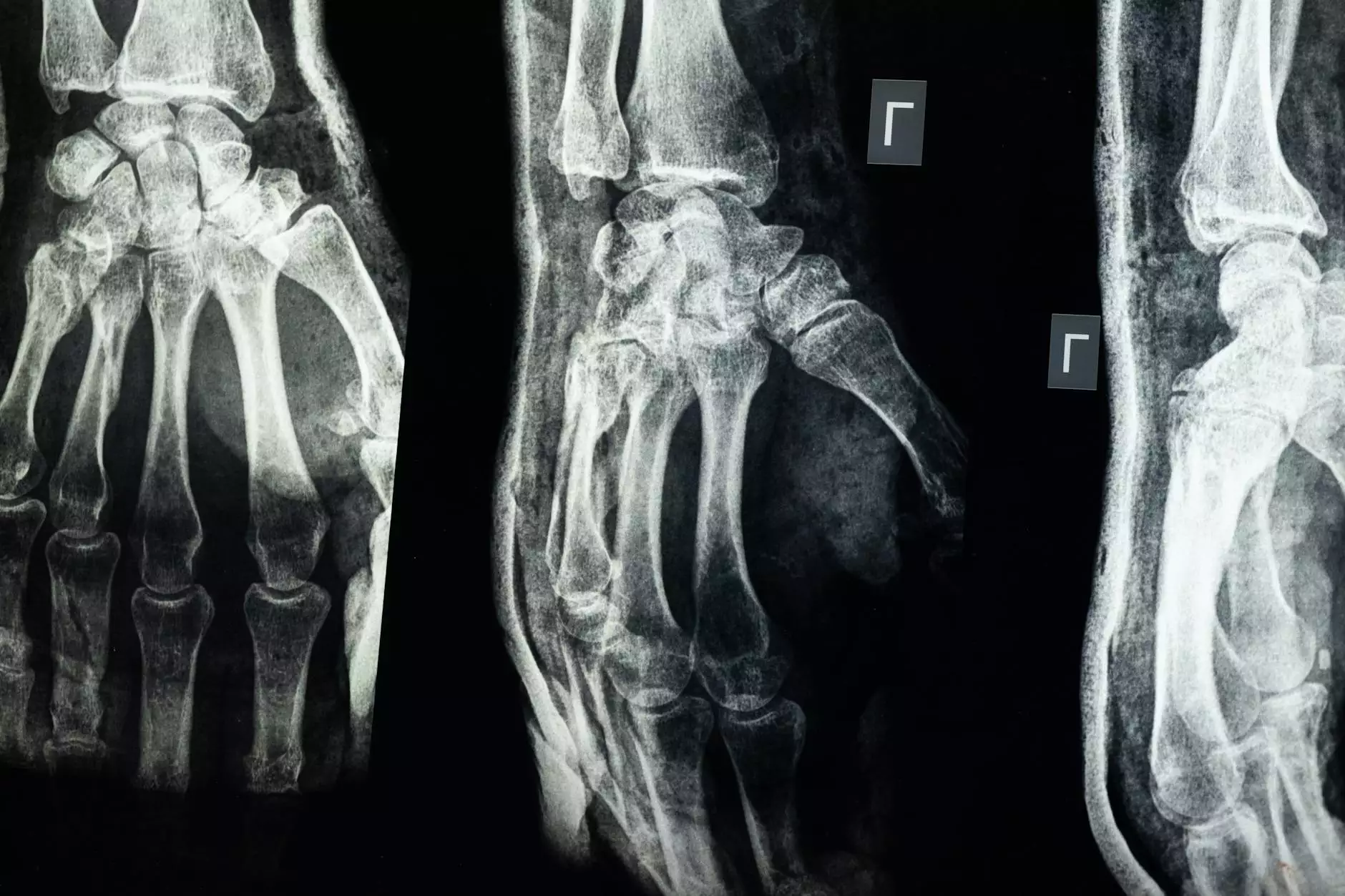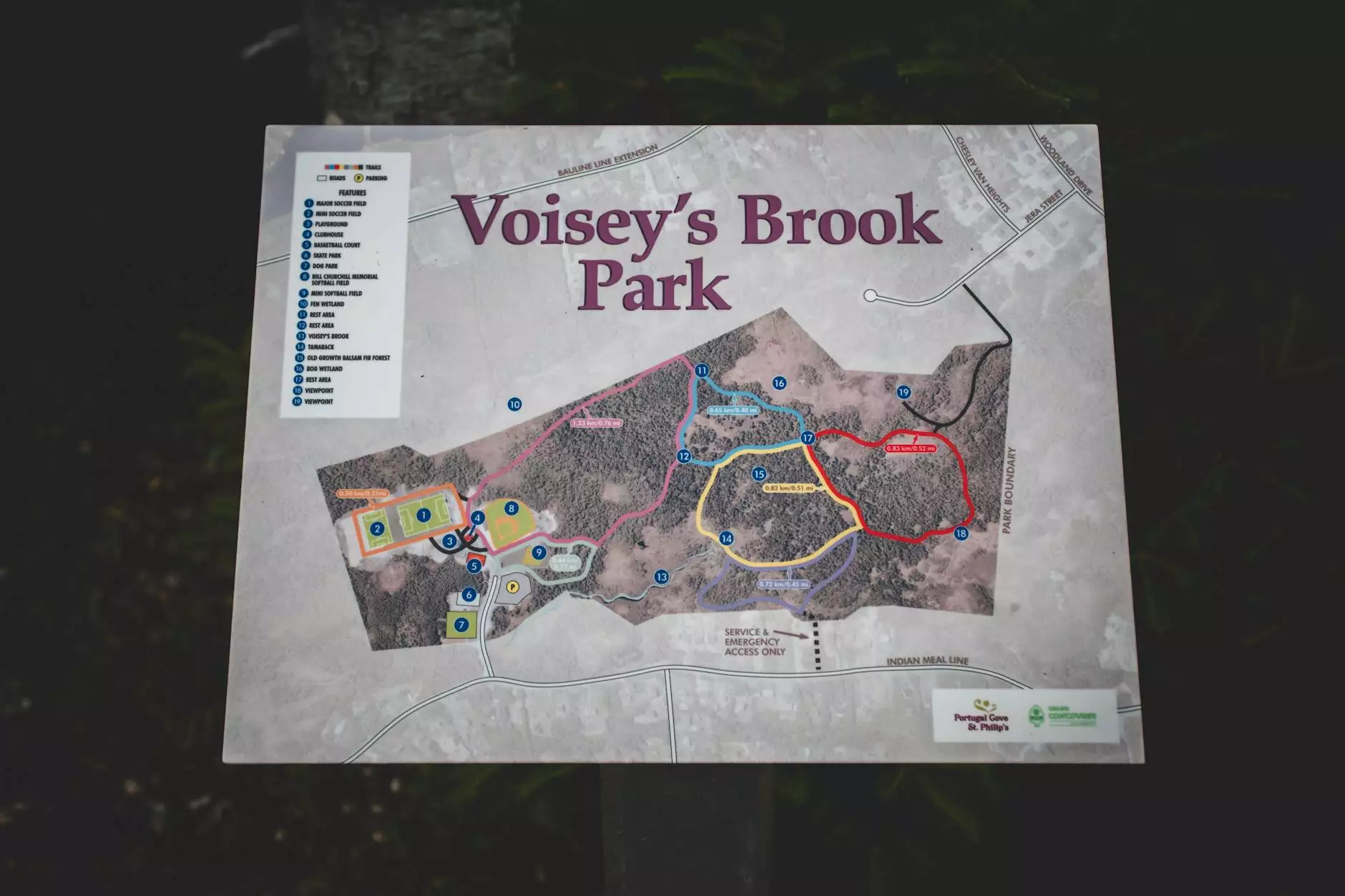Skeleton & Bone Reference Points: Anatomy for Artists
Articles
Introduction
Welcome to Marjorie Cowley's comprehensive guide on skeleton and bone reference points in anatomy for artists. If you are a passionate artist looking to enhance your understanding of human anatomy, this is the perfect resource for you. Understanding the intricacies and nuances of the skeletal structure is essential for accurately capturing human form, whether your medium is painting, sculpting, or any other form of visual arts.
Importance of Skeleton & Bone Reference Points
As an artist, you know that capturing the essence and proportions of the human body requires a deep understanding of its underlying structure. When you study and visualize the skeleton and bone reference points, you gain crucial insights into how muscles are attached and how they interact with each other, ultimately allowing you to create more lifelike and realistic artworks.
Understanding Skeletal Anatomy
The skeletal system is the foundation on which the human body is built. It provides structure, support, and protection to the various internal organs. By familiarizing yourself with the different bones and their positions, you can accurately represent the human body's proportions and movements.
Anatomy of the Skull
The skull is comprised of various bones, such as the frontal bone, parietal bones, temporal bones, and occipital bone. Each bone has its own distinctive shape and function. Understanding the skull's anatomy is crucial for capturing facial expressions and accurately depicting the head in various angles.
Spine: The Backbone of Anatomy
The spine, also known as the vertebral column, supports the body's weight and protects the spinal cord. It consists of individual vertebrae that are stacked together, allowing various degrees of movement. Understanding the spine's structure is essential for capturing posture, balance, and fluidity in your artworks.
Upper Limbs: Arms and Hands
The upper limbs consist of the arms, hands, and fingers. Each arm is connected to the shoulder girdle and consists of the humerus, radius, and ulna bones. The hand consists of numerous bones, which allow for intricate movements and dexterity. Properly understanding the skeletal structure of the upper limbs is crucial for capturing gestures and expressions in your artwork.
Lower Limbs: Legs and Feet
The lower limbs consist of the legs, ankles, and feet. Each leg is connected to the pelvic girdle and consists of the femur, tibia, and fibula bones. The foot is a complex structure comprised of numerous bones and joints. Understanding the skeletal structure of the lower limbs is essential for capturing balance, weight distribution, and movement in your artistic representations.
Application in Art
By understanding skeletal and bone reference points, you can apply this knowledge in your artwork to enhance your accuracy and realism:
Proportions and Scale
Knowing the skeleton's proportions helps you accurately depict the size and scale of the human body in your artwork. Understanding how the bones relate to each other and to the overall body structure allows for consistent and realistic proportions.
Poses and Movement
By studying the skeletal structure, you gain insights into how bones and joints function during different movements and poses. This knowledge enables you to create dynamic and believable poses in your artwork, capturing the grace and fluidity of the human form.
Detail and Accuracy
Attention to detail is essential in art, and understanding the underlying structure of bones allows for more accurate representations of surface details. By knowing the position and attachment points of bones, you can depict the muscles and other soft tissues with precision.
Conclusion
Marjorie Cowley's comprehensive guide on skeleton and bone reference points in anatomy for artists offers invaluable insights into the intricacies of human anatomy. By understanding skeletal structure and bone reference points, you can elevate your artistic skills and create more lifelike and realistic artworks. Whether you are a beginner or an experienced artist, this guide will help you capture the beauty and essence of the human form. Start exploring the world of anatomy for artists and see your artwork flourish.









